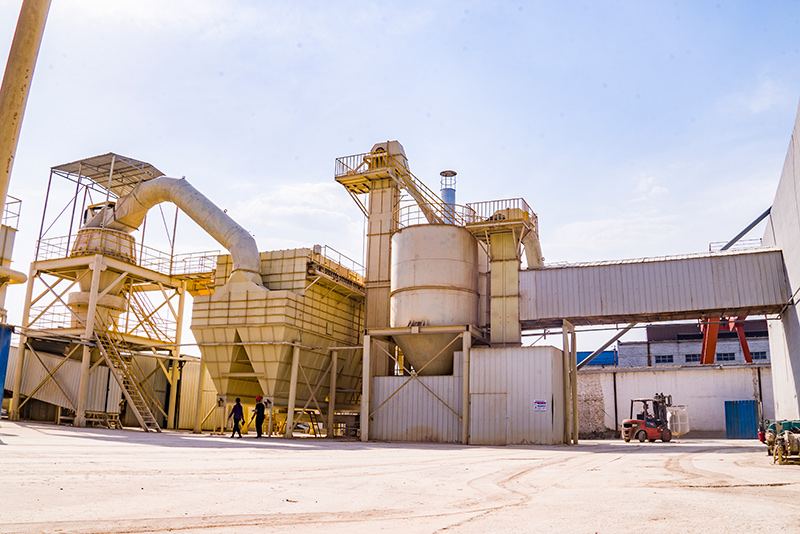The Art of Lost Foam Casting Examples and Insights
Lost foam casting (LFC) is a fascinating metal casting process that has gained popularity in recent years due to its ability to produce complex shapes with excellent surface finishes. Unlike traditional casting methods, LFC utilizes a foam pattern that evaporates when molten metal is poured into the mold. This article explores some notable examples and insights into this innovative technique, highlighting its advantages and applications.
What is Lost Foam Casting?
Lost foam casting is a type of evaporative-pattern casting. In this method, patterns made of polystyrene foam are coated with a ceramic shell. When the molten metal is poured into the mold, the heat vaporizes the foam, leaving behind a cavity that mirrors the original foam pattern. The main advantage of this technique is its ability to create intricate shapes without the need for complex tooling or machining, reducing both time and costs.
Examples of Lost Foam Casting Applications
1. Automotive Parts One of the most significant applications of lost foam casting is in the automotive industry. Components such as engine blocks, cylinder heads, and exhaust manifolds are often manufactured using this process. For instance, large automotive manufacturers have adopted LFC to produce lightweight and robust parts that meet strict performance and emissions standards. The ability to cast complex internal geometries results in better flow dynamics and reduced weight, leading to improved fuel efficiency.
2. Aerospace Components The aerospace industry demands high precision and reliability, making LFC an ideal choice for producing critical components. Castings like turbine housings, structural brackets, and other intricate parts benefit from LFC’s ability to minimize machining requirements while achieving exceptional surface finish and dimensional accuracy. This is particularly important in applications where even minor imperfections can lead to failure.
lost foam casting examples

3. Art and Sculpture Beyond industrial applications, lost foam casting has found its place in the art world. Artists and sculptors have begun to use LFC for creating elaborate and detailed sculptures that would otherwise be challenging to produce through traditional casting methods. The ability to capture fine details in foam enhances the creative possibilities for artists, allowing for unique and innovative designs in bronze and other metals.
4. Consumer Products The versatility of lost foam casting extends to consumer goods as well. Designers are utilizing this process for creating decorative items, kitchenware, and custom hardware. The ability to quickly prototype and produce small batches helps businesses respond to market trends and consumer demands more efficiently.
Advantages of Lost Foam Casting
There are several advantages to using lost foam casting over traditional methods. One of the most significant benefits is the reduction in waste and material usage. Since the foam pattern is completely evaporated during casting, there is minimal scrap produced, which is environmentally friendly. Additionally, the time saved in both production and finishing processes makes LFC a cost-effective solution for manufacturers looking to streamline operations.
Furthermore, the elimination of draft angles typically required in other casting methods allows for greater design freedom. This flexibility enables engineers and designers to innovate and create components that were previously deemed impossible.
Conclusion
Lost foam casting has emerged as a transformative process within various industries, offering a unique blend of efficiency, precision, and design versatility. As we continue to explore and adapt this technique, its importance in manufacturing and design will only grow. By leveraging the advantages of lost foam casting, industries can meet the ever-increasing demands for complex components without sacrificing quality or sustainability. Whether in automotive, aerospace, art, or consumer products, LFC exemplifies the ingenuity of modern manufacturing methods.
Post time:Nën . 19, 2024 23:09
Next:should you sand 3d prints
